Post by I.M. DeBear on May 2, 2020 21:51:09 GMT -5
Overwhelmed by the tsunami of social and economic havoc that propagated ahead of the Soviet Union's demise on Christmas Day of 1991, the tiny newly-sovereign Baltic republic of Estonia suffered severe production and distribution disruptions throughout entire economic sectors, including the inevitable shortages of most necessities. Three separate across-the-board postal rate hikes in 1991 are stark evidence of the economic meltdown, which obliterated stocks of postage stamps on hand at all Estonian post offices. Before the end of 1991, supplies of stamps had become critically low in Estonia's second city, Tartu, resulting in the ad hoc creation of a group of very unusual-looking postage stamps which are often referred to as 'PerfoStrips' or 'PerfoStamps' [fig. #1]. 
These are not listed in the Scott's catalogue, most likely because they were not generally available throughout the country, an alleged requirement for a listing in Scott's. Nevertheless, they were sold as postage at Tartu post offices, used as postage on mail, and accepted as postage in the international mailstream [figs. #2 through #6].




The thing that makes these stamps so obviously unusual is their physical form, which is in fact punched computer paper tape. These days, this vintage data storage medium is rarely seen outside of old B-grade sci-fi movies, but it had been in wide use over the course of much of the 20th century. One of the most common applications was for computer instruction codes, and another was for teletypes. Having turned up in the midst of a frantic scrounge for resources in late 1991, this paper and its related equipment from an astronomical observatory about 20 km southwest of Tartu were hastily pressed into postal service.
The production of these Estonian postage stamps was authorized and effected locally, and tolerated by the authorities in Tallinn, the Estonian capital. Arising amid the general chaos accompanying the collapse of the Soviet Union, this was only one of the many often bizarre improvisations resorted to in Estonia and other formerly Soviet areas to keep the mail flowing.
The strips were sold only in Tartu, and only for about a month, from December 19th, 1991 to January 15th, 1992. Sixteen different denominations in Rubles [fig. #1] were created to pay a new schedule of international rates that became effective on December 15th, 1991. The strips were declared valid for postage until June 6th, 1992. On that date they were demonetized, as the old currency of Rubles & kopecks was being replaced by the new currency of Kroona & senti.
Three different colors of paper tape were used: white, light blue, and dark blue [figs. #2, #4, #6]. All of these perfo stamps are uncommon, but the ones on white paper are most often encountered, the light blue somewhat less so, and the dark blue ones are by far the most elusive.
The paper used for these stamps was of the 25mm 8-holes-across type. A distinctive feature of all perfo papers is an unbroken row of smaller sprocket holes running the entire length of the paper [fig. #7].
These sprocket holes fulfill the same functions (traction, motion and alignment) as the similar holes in movie film.
The paper came in ungummed rolls of 200 positions, each being punched with its own control number (a visual indicator of exactly which section of the roll you're looking at at any given time) along with the data. Some existing covers demonstrate that the punched control number could be detached without invalidating the stamp [fig. #4]. In the event that the strip was too long for the envelope, the control number was either cut or torn off, or else folded around to the back of the envelope [fig. #6].
A magenta anti-forgery authentication mark was applied to all PerfoStrips as part of the production process. Each strip received a single strike in magenta from a round Tartu handheld cancellation device [fig. #7] with '19129100' horizontally across the center (date December 19th, 1991, the first day of issue). Despite its appearance, this magenta mark is a security feature, and should not be mistaken for a cancellation.
The Estonians were not the only ones to use punched-paper stamps. In 1993-4 the city of Borodyanka in Ukraine issued stamps on the narrower 17.5mm 5-hole paper [fig. #8]. 
The pink smears on the PerfoStrip in fig. #8 were applied during the production of the roll of paper, as a visual warning to the end-user that the roll was almost used up.
In April of 1996, several years after the PerfoStrips were demonetized, Eesti Post sold the bulk of the remainders to a stamp dealer.






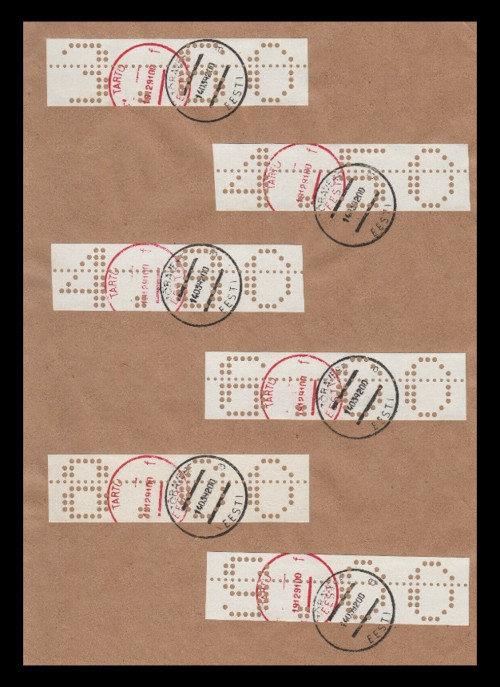
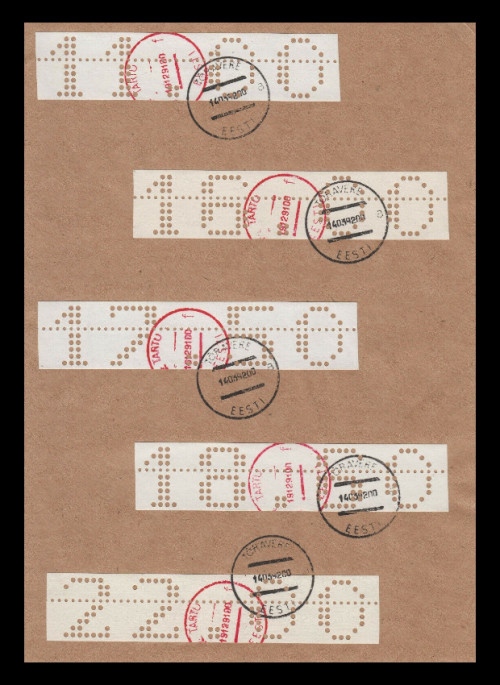
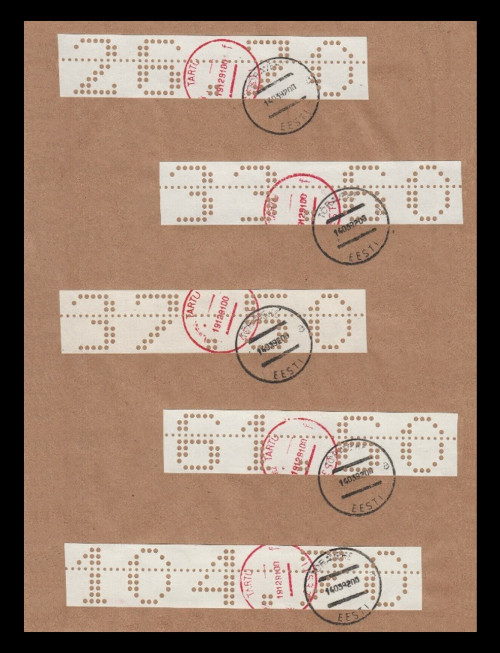

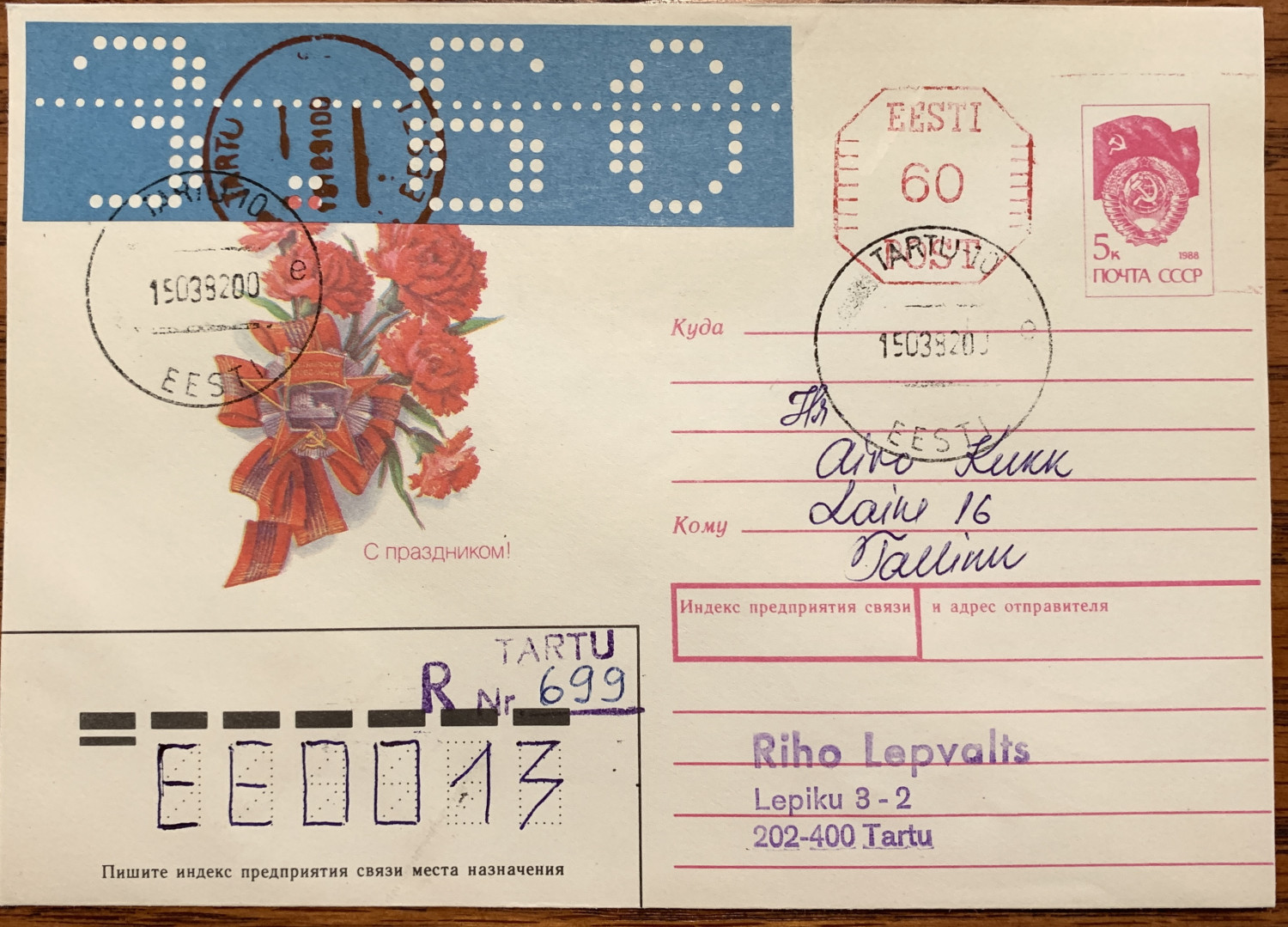
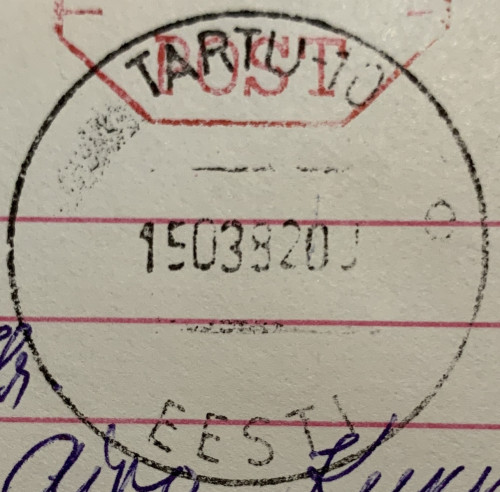
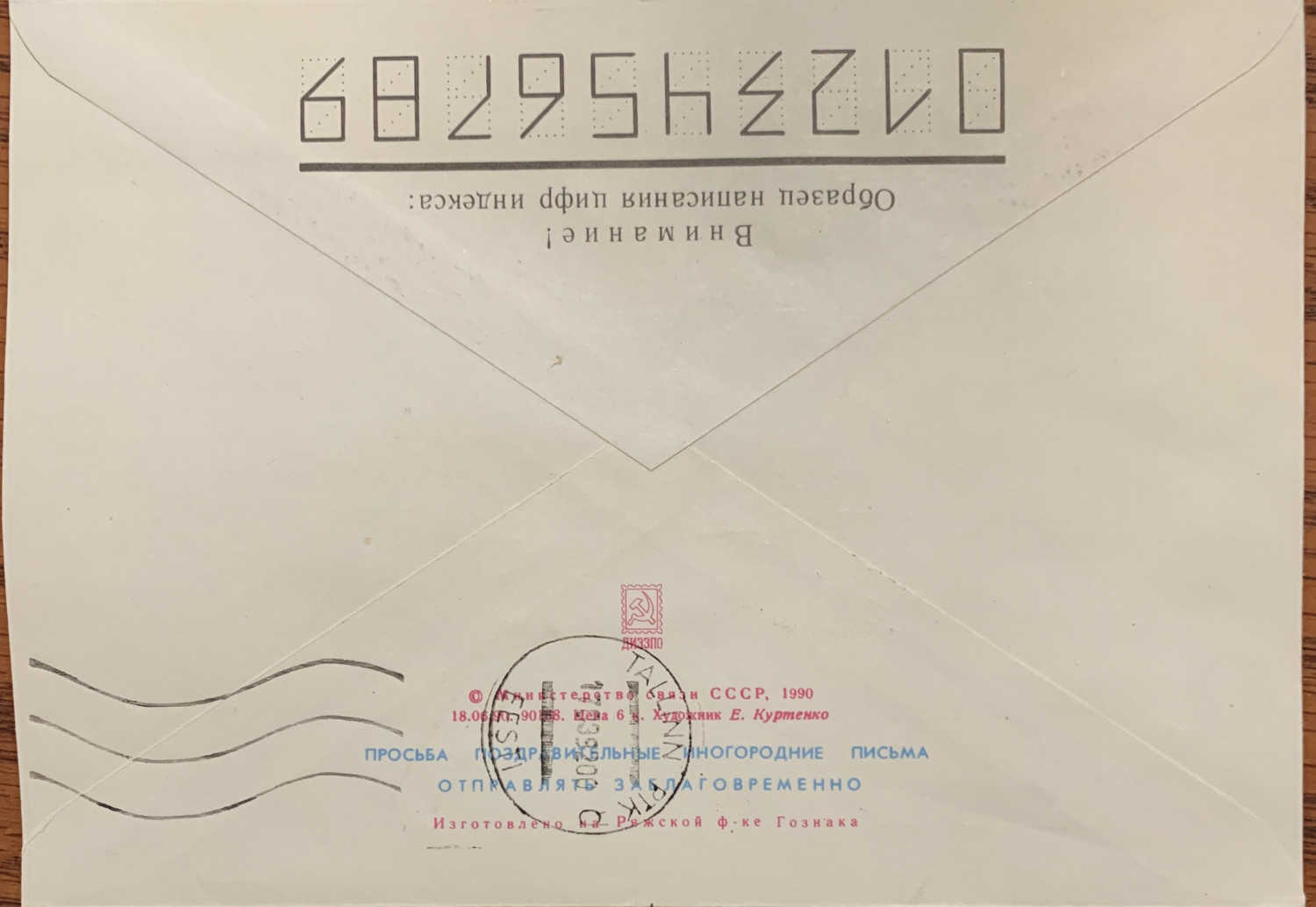
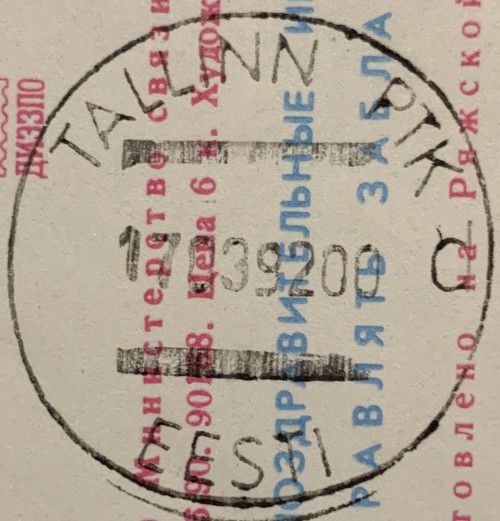
 Stamps - the bear necessities of life.
Stamps - the bear necessities of life.